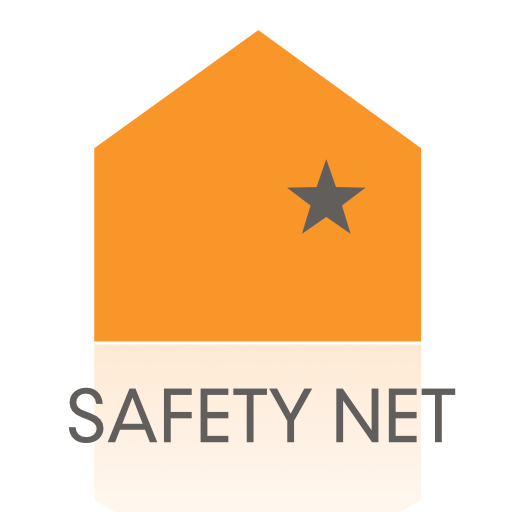Technology-Facilitated Stalking: What You Need to Know
/Through technology and our use of social media, we can quickly and easily connect with other people. However, typical activities such as tweeting, updating a Facebook status, or using a phone’s GPS to find local restaurants can all be misused by abusers to stalk, harass, surveil, and control victims.
What is Stalking?
Stalking is defined as a pattern of behavior directed at a specific person that would cause a reasonable person to feel fear. According to the CDC, 7.5 million people are stalked in the United States each year.
61% of female victims and 44 percent of male victims are stalked by current or former intimate partners.
90% of stalking incidents are committed by someone that the victim knows.
Learn more about stalking from the Stalking Resource Center
Misusing Technology in Order to Stalk Victims
One common form of technology-facilitated stalking is spying and eavesdropping. This is a popular method among perpetrators because it is inexpensive and easily hidden.
Mobile devices include call records, texts, web surfing and physical location histories.
Many social media apps also track a user’s friends, conversations and location.
The goal of the technology abuse can be to track or control a victim, to isolate the victim from supportive friends and family, or to damage a victim’s credibility or work-life.
Gathering Evidence
When it comes to technology-facilitated abuse, preserving evidence is critical. Though our gut reaction may be to hit ‘delete,’ we need to consider documenting what’s happening on the device before removing it. Possible steps include:
Coordinating with law enforcement and prosecutors early on, if you choose to.
Keeping a stalking incident log. This helps to paint a picture and can help to refresh a victim’s memory. Some items to keep in the incident log include: text messages, photos, videos, voice messages, screenshots of phones and laptops, and printed emails with the header expanded.
Safety Tips for Survivors of Technology-Facilitated Stalking or Abuse
Though abusers can misuse technology, it can also be used strategically by survivors to enhance or maintain safety.
Safe and private use of technology is possible
Learn more about technology safety through our Survivors’ Toolkit, including guides to privacy and safety with social media, mobile devices and more.
Download our Tech Safety App to your mobile device to access tech safety tips, resources, and information on the go
Read a longer version of this summary. This post is drawn from a webinar hosted in January by Jewish Women International (JWI) featuring Safety Net and the Stalking Resource Center.
This project was supported by Grant No. 2016-TA-AX-K069 awarded by the Office on Violence Against Women, U.S. Department of Justice. The opinions, findings, conclusions, and recommendations expressed in this publication/program/exhibition are those of the author(s) and do not necessarily reflect the views of the Department of Justice, Office on Violence Against Women.




